Childs Restaurant Building
The flagship building of an early national restaurant chain is a superb example of terra cotta art.
At the turn of the century, the Childs family gambled on a then-novel idea. They expanded their business from one very successful restaurant to a chain of restaurants identical in service and quality. Their innovations, including promoting cleanliness and providing a quick and easy cafeteria format, proved to be popular. By 1923, the company had reached such a height that they added a flagship location in the nation’s amusement capital, Coney Island, with a grand building that would be viewed as a work of art itself.
A team of top architects and artists worked on the building, which was built in the resort style that was common for seaside architecture at the time, but with a strong Spanish colonial revival influence. The building was large and included three floors and a rooftop lounge. What was even more marvelous was the detailed terra cotta artwork that decorated the exterior. Colorful depictions of aquatic creatures as well as ships and the sea god Poseidon populate the outside of the building.
After peaking in the 1920s, the Childs restaurant chain began a gradual downward slump. By the early 1960s most of the Childs restaurants had closed and their dominance in North America would be replaced by cheaper competitors such as McDonald’s. Their flagship restaurant would turn into a candy factory for many years, but that too would eventually fold and the building fell into disrepair.
Despite being abandoned, the Childs restaurant building was never completely forgotten. Architecture fans and devotees of terra cotta art would visit the Coney Island boardwalk to admire it. Over time, the growing appreciation for its design would lead to a preservation campaign. In 2002, the city of New York awarded the Childs restaurant building with landmark status.
After renovations, a casual restaurant serving American cuisine has opened inside the building. The Childs restaurant building is part of a larger complex now that includes a public park and an amphitheater where top musical acts perform.
Know Before You Go
Take the Q, N, D, or F train to Stillwell Avenue/Coney Island. Walk to West 21st street then toward the beach.
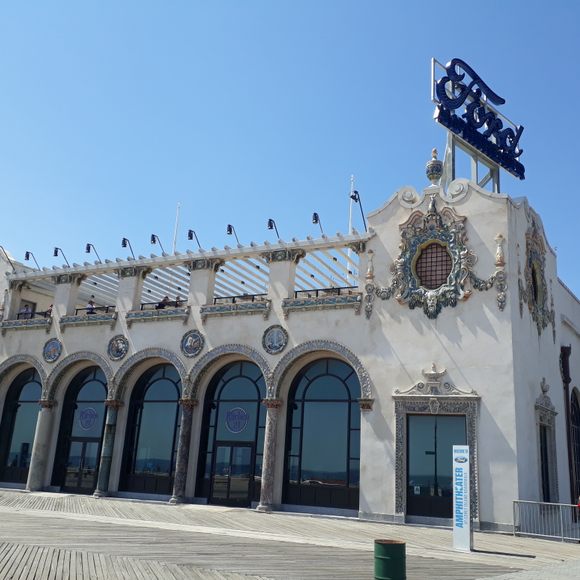



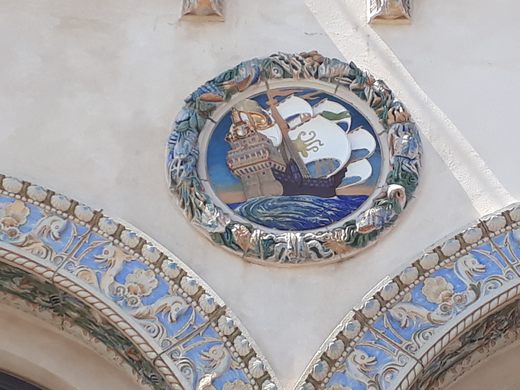
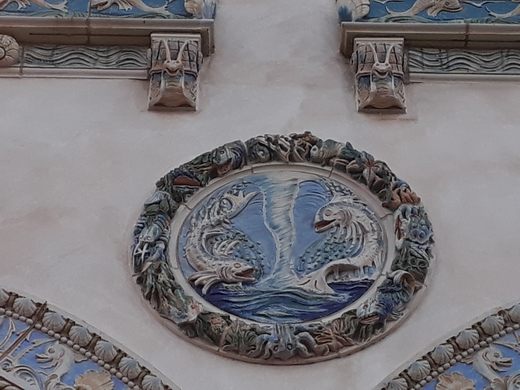
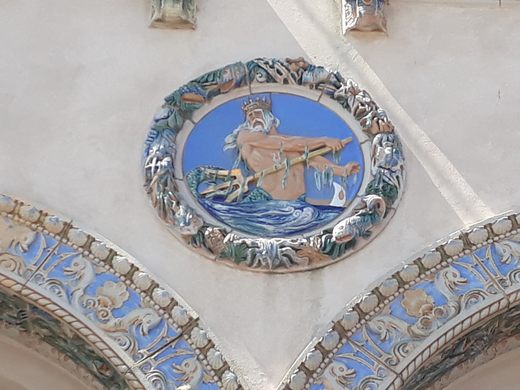
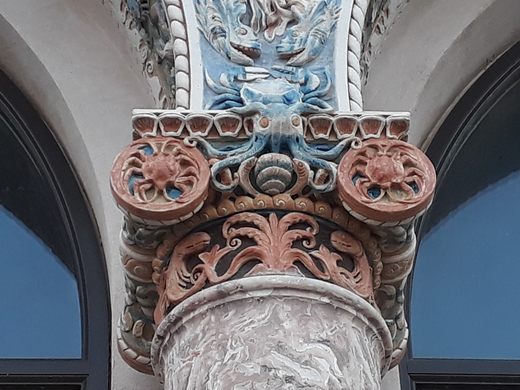

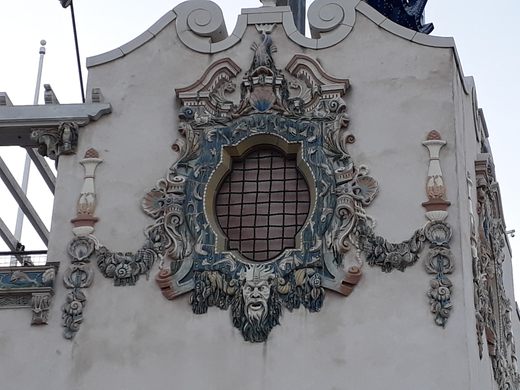





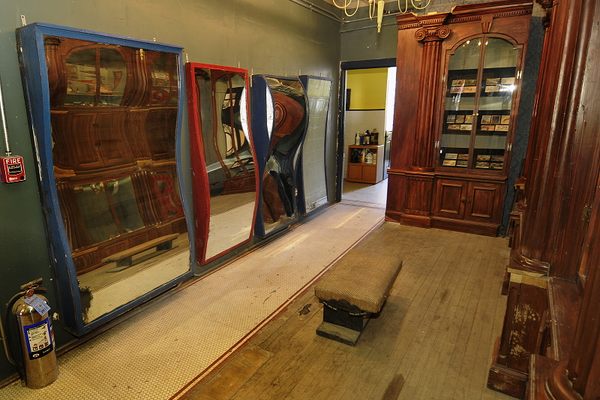

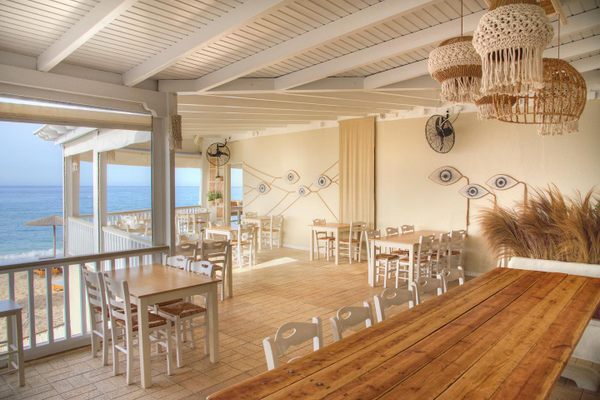




Follow us on Twitter to get the latest on the world's hidden wonders.
Like us on Facebook to get the latest on the world's hidden wonders.
Follow us on Twitter Like us on Facebook